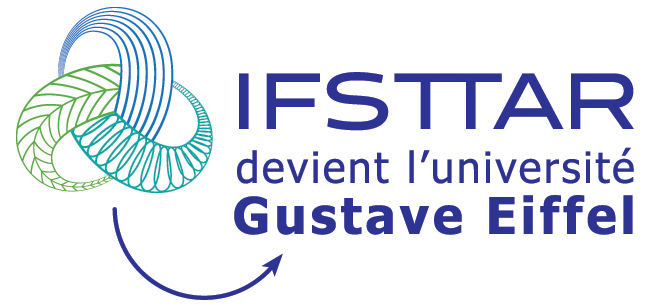Tire and road wear particles in infiltration pond sediments: Occurrence, spatial distribution, size fractionation and correlation with metals
Résumé
Stormwater systems, such as infiltration ponds or basins, play a critical role in managing runoff water and reducing particulate pollution loads in downstream environments through decantation. Road runoff carries several pollutants, including trace metals and tire and road wear particles (TRWP). To improve our understanding of infiltration ponds as regards TRWP and their capacity to reduce TRWP loads, we have studied the occurrence, spatial distribution and size distribution of TRWP, as well as their relationship with metals, in considering the input of metals as tire additives, in the sediments of an infiltration pond located along the Nantes urban ring road (Western France), which happens to be a high-traffic roadway site. The sediment was analyzed using pyrolysis coupled with gas chromatography-mass spectrometry to determine the polymeric content of tires, specifically in quantifying the styrene-butadiene rubber (SBR) and butadiene rubber (BR) pyrolytic markers. By applying an SBR + BR-to-TRWP conversion factor, the results showed significant TRWP contamination, up to 65 mg/g, with a spatial enrichment from the entrance to the overflow section of the pond. Size fractionation revealed a bimodal distribution, indicating two distinct types of TRWP. The first type is characterized by small diameters (63-160 µm), suggesting the presence of TRWP less integrated with mineral and organic particles. The second type, characterized by larger diameters (200-500 µm), suggests a more pronounced integration with these same mineral and organic particles. A significant positive correlation between TRWP and metals (As, Cd, Cr, Cu, Li, Mo, Ni, Sb, V, Zn) was found (r > 0.739, p < 0.05). This correlation implies that TRWP and/or their associated phases may act as an indicator of metal contamination in the pond sediments. Lastly, a mass balance between TRWP inputs and the amount retained in the sediments underscores the role of infiltration ponds as "sinks" for TRWP.
Fichier principal
 De-Oliveira-TRWP_SuDS-2024.pdf (633.19 Ko)
Télécharger le fichier
Appendix-De-Oliveira-TRWP_SUDS-2024.pdf (977.48 Ko)
Télécharger le fichier
De-Oliveira-TRWP_SuDS-2024.pdf (633.19 Ko)
Télécharger le fichier
Appendix-De-Oliveira-TRWP_SUDS-2024.pdf (977.48 Ko)
Télécharger le fichier
| Origine | Fichiers produits par l'(les) auteur(s) |
|---|
| Origine | Fichiers produits par l'(les) auteur(s) |
|---|
